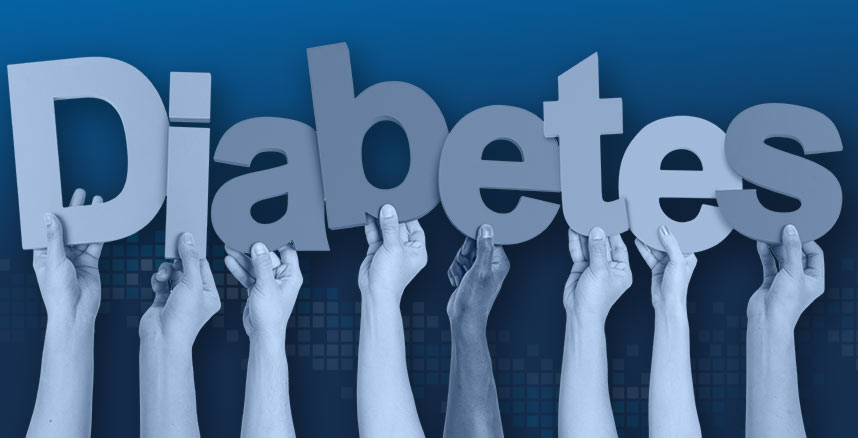MPC's Diabetes Prevention Program
MPC’s Diabetes Prevention Program (DPP) is a proven program that has been shown to prevent or delay type 2 diabetes in high-risk patients.
MPC Providers May Refer At-risk Members
- Receive services through a HealthChoice MCO;
- Be between 18-64 years old;
- Be overweight or obese (Body Mass Index (BMI) of ≥ 25 kg/m2,; ≥ 23 kg/m2, if Asian); AND
-
Have elevated blood glucose level OR History of gestational diabetes mellitus (GDM), meaning the enrollee has:
- Fasting glucose of 100 to 125 mg;
- Plasma glucose measured 2 hours after a 75 gm glucose load of 140 to 199 mg/dl,
- A1C level of 5.7 to 6.4; or Clinically diagnosed GDM during a previous pregnancy.
Program Locations
Virtual (Statewide):
- Pack Health | A Better Way to Better Health
Enrollment page link: https://enrollment.packhealth.com/MDPP
Website: http://packhealthmember.com/join/MDPP
Phone: (888) 381-4410
In-Person
- Calvert County Health Department – https://www.calverthealth.org/personalhealth/healthlyliving/prediab.htm
- Vibrant Health & Wellness Foundation/Taylored 4 Life – http://www.vhwf.org/
- Nucareway Health Services LLC
240-831-1660
www.nucareway.com - Cecil County Health Department
PreventT2, Diabetes Prevention Program
https://cecilcountyhealth.org/services/health-promotion/chronic-disease/
410-996-5168
cchd.hp@maryland.gov - Johns Hopkins Brancati Center
410-614-2701
https://www.hopkinsmedicine.org/population-health/dpep
Referral Is Easy
- View this DPP Flyer (PDF) to learn more.
- Download and Complete the Diabetes Prevention Plan Recommendation Form
- Request or obtain patient lab reports detecting prediabetes levels (lab reports can be attached to the recommendation form)
Pre-diabetes is a condition in which blood glucose or A1C levels are higher than normal but not high enough for a diagnosis of diabetes. People with prediabetes are at increased risk of developing type 2 diabetes and cardiovascular disease, which can lead to heart attack or stroke.
Help Is Here!
An A1C level of 5.7% to 6.4% indicates prediabetes, and a level of 6.5% or more indicates diabetes.1
A fasting blood sugar level of 100 to 125 mg/dL indicates prediabetes, and 126 mg/dL or higher indicates diabetes.1
The Program
- Members are encouraged to make positive lifestyle changes such as eating healthier, reducing stress, and increasing physical activity.
- DPP is a year-long program delivered in-person or online.
- The plan includes a minimum of 16 weekly sessions during the first six months and at least six monthly sessions during the second six months.
- This program is taught by trained lifestyle coaches and includes group support with 10-25 participants.
- DPP is a community-based program, so your patients can participate in locations like health care facilities, faith-based organizations, wellness centers, and worksites.
Research shows that weight loss of 5% to 7% of body weight achieved by reducing calories and increasing physical activity reduced the risk of developing type 2 diabetes by 58% in people at high risk for the disease.4
MPC covers diagnostic services, laboratory services, and the program through HealthChoice, a Maryland Department of Health program.
Tips to Talk with Patients
Focus on patients that have the program-specified diabetes risk factors:
- 45 years of age or older
- Overweight
- Family history of type 2 diabetes
- Have high blood pressure
- Have poor nutrition
- Physically active fewer than three times per week
- Are of African American heritage
- Use tobacco
- Had diabetes while pregnant (gestational diabetes) or gave birth to a baby that weighed more than 9 pounds
Assess Their Readiness to Change
Participants entering the National DPP must be prepared to make lifelong changes to their behaviors and surroundings. Questions to ascertain where they are right now with physical activity and how they are confident in their ability to make changes now will determine the patient’s commitment to following the program.5 This will lead to higher retention, completion, and success rates.
State DPP Manual
View State Diabetes Prevention Program Manual (PDF)References
1 Center for Disease Control and Prevention
2 Center for Disease Control and Prevention
3 Maryland Vital Statistics Administration, 2017
4 Center for Disease Control and Prevention
5 Diabetes Training and Technical Assistance Center



